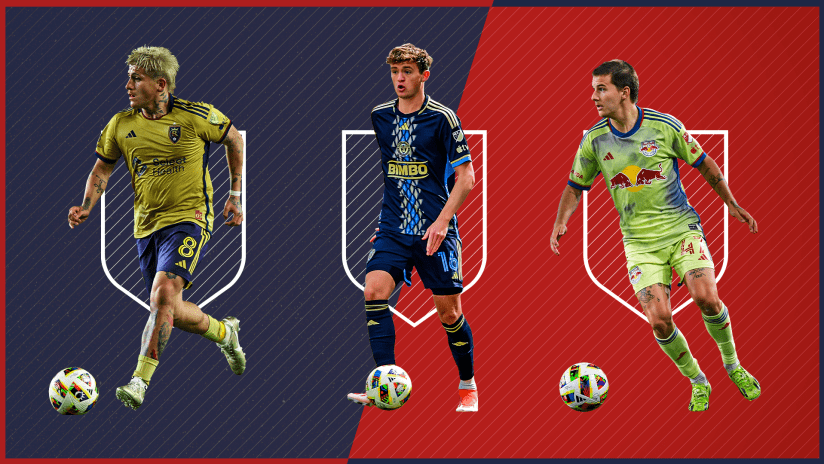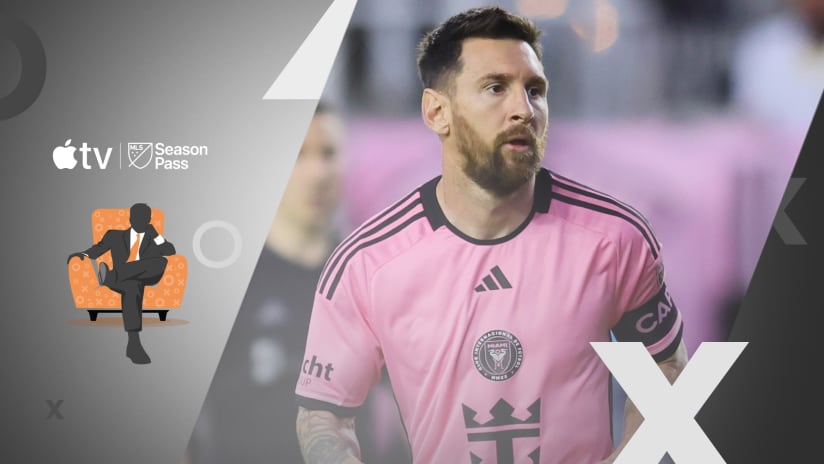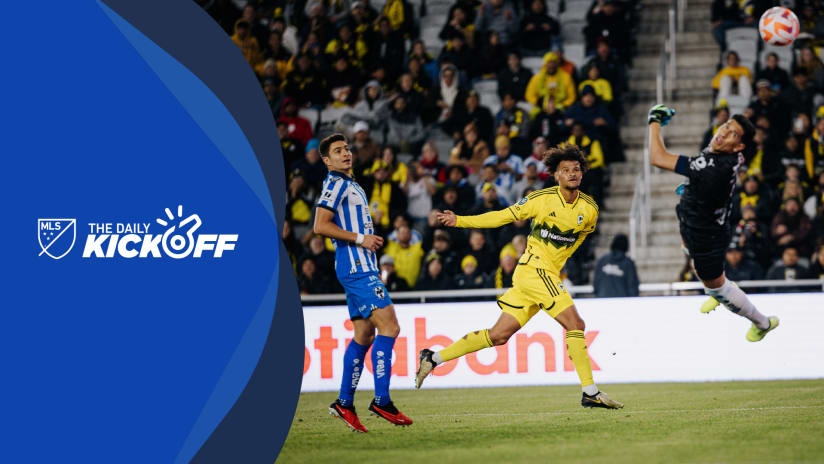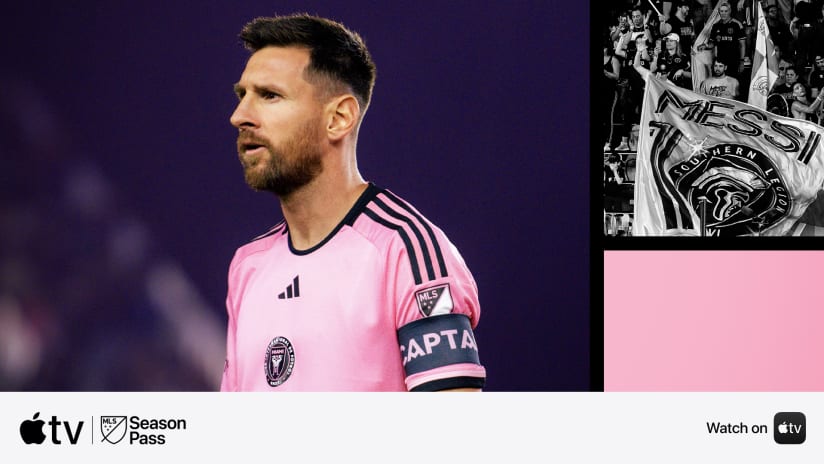What's the value of having younger players in academies?
The best team I ever saw was Barcelona's 2009 squad, the group that won every competition they entered that calendar year. The best team Sir Alex Ferguson ever saw was the 2011 version of Barcelona, and since Sir Alex had a much closer view of the action than I did – Manchester United played the role of the vanquished in the UEFA Champions League final bothyears – we'll give him the nod.
However you split it, though, here's the salient point: In both years, Barcelona's Best XI featured seven guys who'd come through their La Masia academy. Some had been there only briefly (Pedro and Busquets arrived as 17-year-olds); others a bit longer (Iniesta spent his earliest developmental years with hometown Albacete before moving up the coast, and Messi's journey is well known); and for still others wearing the Blaugrana was a birthright (Xavi, Pique, Valdes, Puyol).
The manager for both those magnificent seasons was Pep Guardiola, who had come through La Masia a generation before. The coach of Barcelona B was Luis Enrique, who wasn't raised a Cule but spent the last eight years of his career at the Camp Nou and was inculcated in the Barcelona way.
That's how you create a team of like minds, players who see the game the same way and who will beat you together by ripping you apart:
During the years of Roman Abromavich and Sheikh Mansour, of Los Galacticos and the Glazers, a mega-team was built from within. This actually happened. Yes, Barca went out and bought – Eto'o, Mascherano, Alves and a certain Mr. Thierry Henry all had big parts to play – but literally hundreds of millions of dollars (Euros) worth of talent was planted, took root and eventually bloomed thanks to continuity, structure, patience and planning.
Their heyday, from 2006-to-2013, produced three Champions League titles, five La Liga titles, two Copa del Rey crowns, two more European SuperCups, five Spanish SuperCups, and a pair of Club World Cups just for kicks. They also formed the backbone of the Spain team that won two European Championships and a World Cup.
So when I was asked to write a piece on "the value of young players in academies," what could I possibly use as a better example?
To put it a different way: You don't find the next Messi, or the next Xavi or Iniesta. Yeah, you can luck into getting a kid with the raw talent, but from there that player has to be built. You have to have the structure in place.
No MLS team has built a Messi or Xavi or Iniesta yet, and nobody should be expecting them to. Yet. La Masia's been around for decades, while MLS's Homegrown player initiative is just about to complete Season 6. There are bumps in the road, and there are growing pains as should be expected for any venture.
But there is also D.C. United academy product Andy Najar, who was sold for a reported $3 million and is now playing Champions League football for Anderlecht. There is Seattle Sounders academy product DeAndre Yedlin, who starred in the World Cup and will be heading to Tottenham this January for a price reported to be significantly higher than what Najar sold for.
There is Juan Agudelo, whose talent is in that same stratosphere (and hopefully he will someday prove it). There is Diego Fagundez, who is 19 and already has 22 career goals. There is his d-mid in New England, Scott Caldwell. There is Gyasi Zardes and his 15 goals in LA, and Bradford Jamieson IV and his world of talent with LA II.
There's Harry Shipp rewriting the Chicago Fire rookie record books, and Doneil Henry starting for both TFC and Canada, and Victor Ulloa doing yeoman's work in central midfield at FC Dallas. There's Tommy Thompson doing this:
There's Bill Hamid giving Nick Rimando a solid run for his money in the Goalkeeper of the Year race, and there's Wil Trapp pinging 45-yard passes on diagonals that only the likes of veteran Kyle Beckerman normally see.
Other names will pop up in the next 12 months: Jordan Allen with RSL, Jordan Morris with Seattle, Caleb Calvert with Chivas USA (or whoever). Erik Palmer-Brown could be the next Homegrown to go overseas for big money, or he could be the next local boy that chooses to stay home and try to build La Masia on the Missouri River.
There is real monetary value in developing these players, as Najar and Yedlin show. There is more than that, though: there is progress.
About a minute into the video at the top of the page, my colleague Simon Borg talks about the importance of producing a global superstar. "Ultimately, I would argue, I'd rather have 100 world class talents that are not necessarily global stars, than have the one global soccer superstar," he says. "And I think Germany proved it at the most recent World Cup."
Jimmy Conrad puts the same idea a different way: "My argument would be that we need to make sure that our weakest links get better."
They're right. It took Spain 100 years of producing a thousand world class talents before they produced a player as good as Xavi. And one Xavi born-and-bred here won't raise the level of an entire league, just like one Beckham bought from Madrid didn't raise the level of an entire league.
One hunderd Yedlins, though? Or Trapps or Najars or Zardeses, all learning from better coaches at an earlier age and with more opportunities for playing time than the generation before?
That's the real project, that's the real process, and it's the right one. It's the one that led to La Masia, and Manchester United's "Class of '92," and to Bayern Munich's current lofty perch.
In MLS terms, it is this: it took Soccer Specific Stadiums for MLS to survive, and it's the advent of the academy era that will see MLS thrive.
What's the value of that?













